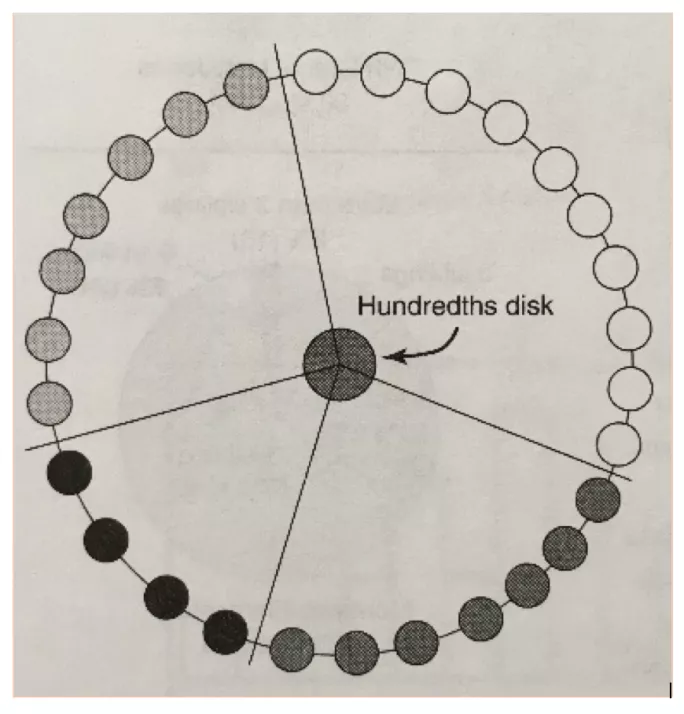I have left the teaching of pie charts until just before Sats for years now. Why? Well, along with time, fractions and long division, this is an area that my pupils seem to struggle with year in, year out. But this year, I had a think about what I could change in my teaching to improve their understanding.
It's obvious that the interpretation of pie charts is connected heavily with fractions, decimals and percentages (FDP). Building on this, this year, I've used an emphasis on visual learning for these concepts. This has helped to deepen the children’s understanding of FDP – which means that when pie charts were introduced, children were able to "see" the connections, making the interpretation of information much easier.
Going on from interpreting pie charts to constructing them was a different matter entirely. Was this down to my teaching? Misconceptions in angle measurement? Or some other, unknown factor? I couldn't say, but the difficulties were apparent.
To try to combat this, I thought hard about a visual method – one that made connections with other mathematical areas and helped with the struggles my students were having in understanding them.
And then, inspiration struck: I came up with two approaches that allowed me to demonstrate pie charts in a very visual way.
First up, enter: the "human pie chart".
Visual learning
But what, I hear you ask, what is a human pie chart? Let me explain. Firstly, you need to come up with a concept for data collection. For example, the number of minutes (or indeed hours) each child spends on social media. Get them to line up in teams – in this instance, 0-20 minutes, 21-40 minutes, 41-60 minutes, and so on.
Once in the correct lines, the class should form a large circle, with people of the same team next to them. Once this circle has been created, the centre should be found. From this centre point, extend tape or string to the edge of the circle where teams change. After doing that, you should have something that looks like the image below.
From here, the children’s recall and knowledge of FDP can be tested by using approximation to give an interpretation of the human pie chart. By using a cut out hundredths disk, approximate percentages can easily be seen.
If you're not keen on getting the whole class up and out of their seats, I have another method. Get pupils to create a bar chart of the information. Next, the children should cut the bars out carefully and tape them together end to end, with the two ends taped together to form a circle. By tracing around the full loop and drawing lines from the centre to where each bar starts/ ends, approximate percentages for each section of the "bar-pie chart" can be developed.
It's true that these two approaches do not fully equip the children with the skills for constructing accurate pie charts. But they are an excellent starting point: they have allowed my pupils to gain a visual understanding of the concepts. In particular, the bar chart method has helped to make connections with others areas of the curriculum and brought on discussions about which method is the best way to represent data. Why not try them out and see if they work for you? Whether they do or not, let me know. I can always pop the resultant data down in a pie chart…
Kevin O’Brien is a Year 6 teacher and maths coordinator






